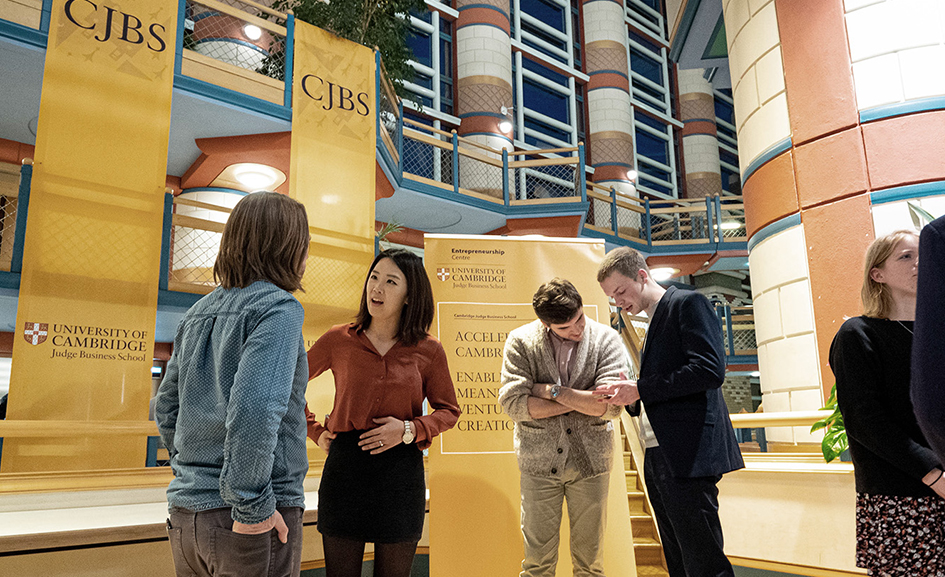At Charco Neurotech we have been fortunate enough to have the support of some bright minds. Dr David Galloway, a retired physician specialising in acute medicine and clinical pharmacology, is one of our clinical advisors. We caught up with him to discuss the science behind the CUE1 device.
An academic and commercial pharmacology background
Dr Galloway’s list of previous employment positions is varied. Once head of the Clinical Pharmacology research unit at Beecham (Harlow, now part of GlaxoSmithKline), he then went on to lead the UK clinical pharmacology investigation unit of Roche Products Ltd. There, he supervised the UK’s first Levodopa study in volunteers.
His work has taken him from the director of clinical research at Napp Pharma, Cambridge up to Aberdeen, where he set up the Medicines Assessment Research Unit (MARU), linking the commercial clinical pharmacology between the NHS and the University of Aberdeen. He also set up a target investigative unit to look at innovative methods of detecting bladder cancer, Cytosystems, with which he is still involved.
Dr Galloway’s years of interest and experience in Parkinson’s research, together with his background in both academia and clinical pharmacology, make him a useful advisor for our team.
The enthusiasm of the team
In June 2019, Dr Galloway was speaking at a course set up by the Cambridge Judge Institute, for novel products which could have both an academic and commercial outcome. He spoke about his unit in Aberdeen and was allocated three projects to mentor, one of which was Charco Neurotech.
“The first thing that impressed me was the enthusiasm of the team; Lucy [CEO], in particular”. Dr Galloway explains that this enthusiasm and commitment is not always present in research activity, but it has been fundamental in driving Charco Neurotech’s success.

The science behind CUE1
Parkinson’s Disease impairs the dopamine-producing cells in the brain, and dopamine is responsible for initiating movement. Some symptoms of Parkinson’s therefore include motor problems such as rigidity, freezing and a shuffling gait.
The CUE1 device administers a vibratory stimulus to relieve the movement symptoms of Parkinson’s. It combines the principles of Focussed Vibrotactile Stimulation and Cueing, which have been shown throughout scientific literature to improve motor performance and help with freezing, respectively.
While Parkinson’s is a disease of the central nervous system (i.e. the brain), the CUE1 device acts peripherally on nerve cells that extend throughout the body, “dampening out the difficulties which a lack of dopamine in these patients produces”. Rather than stimulating the central dopamine release (as is the case with medications like levodopa), it stands in for peripheral stimulation that dopamine would usually produce in those without Parkinson’s. The advantage of this, Dr Galloway believes, is that it is less likely to result in users building up a tolerance over time, although long term testing will be required to confirm this theory. You can read more about focussed stimulation from another one of our expert advisors, Dr Sweta Adatia.
Whether CUE1 does have a secondary effect on the central dopamine-producing cells in people with Parkinson’s is yet to be examined. What is clear is that the CUE1 device acts peripherally to reduce rigidity and stiffness.
The advantages of the CUE1 device
A large part of the appeal of CUE1 for Dr Galloway is its non-invasiveness. Oral medications vary in absorption, distribution and metabolism, and therefore take years of research and observation by the doctors administering them to ensure they are safe and well tolerated. As CUE1 is non-invasive, it is free of such limitations and so anyone can confidently add it to their Parkinson’s management toolkit.

The CUE1 device is also entirely self-operated by the user. “It gives them complete control over the systematic improvements they may feel with the device in place”. Dr Galloway notes that this user-control is “extremely unusual” for a biological device, and it is another one of the reasons he is so drawn to support Charco Neurotech.
He says that the peripheral stimulation produced by the CUE1 device is “quite different from anything else on the market… It is non-invasive, safe, self-applicated; overall it has a very high profile in my book”.
A look towards the future
For companies looking to monitor patient progress, Dr Galloway suggests Artificial Intelligence (AI) could one day be used. It is an important and cost-effective way of measuring development and success, and he has personally used it in his unit looking for innovative methods of detecting bladder cancer. “When an algorithm is set up specifically with the experts in the field, it has a huge potential advantage in terms of cost-saving and turn-around time, as well as the advantage of removing the burden of interpretation from physicians”. AI has the ability to process vast amounts of large data, which Dr Galloway says is likely to be needed, for example, in the development of a COVID-19 vaccine. This is something we will be taking into consideration as we progress with the development of our CUE1 app.
Dr Galloway has been so helpful, from providing valuable advice to introducing us to the necessary people and assisting us in raising funds. Thank you for your consistent support, and for taking the time to share your expertise!
Read more about the benefit of peripheral stimulation in our other post here.